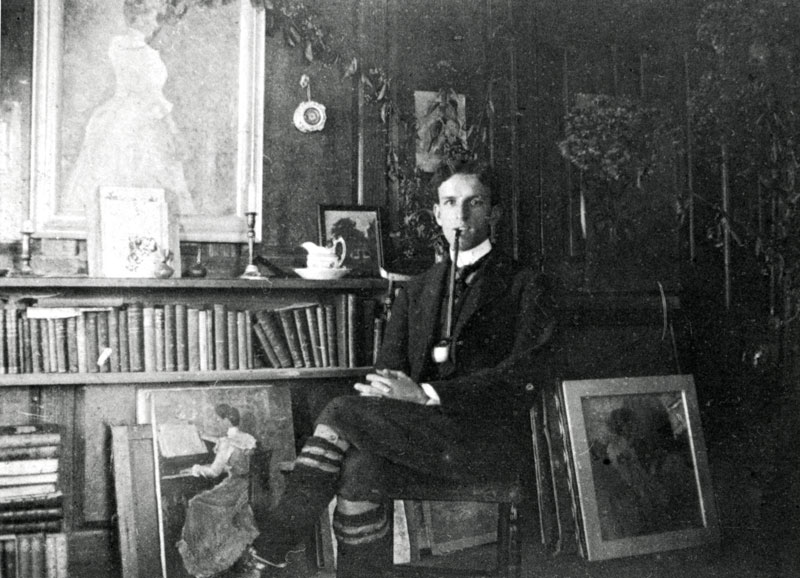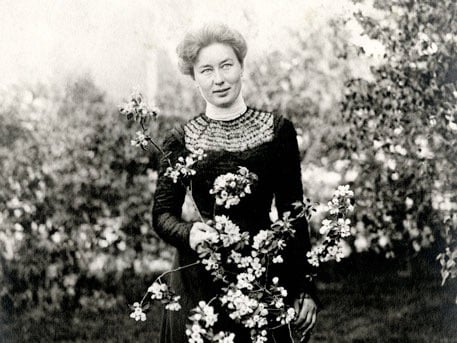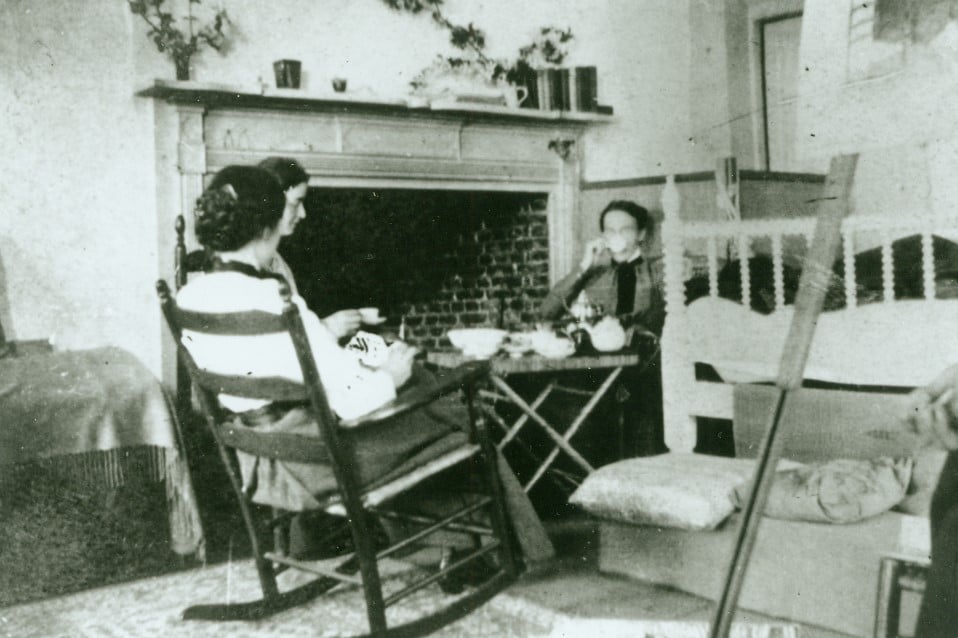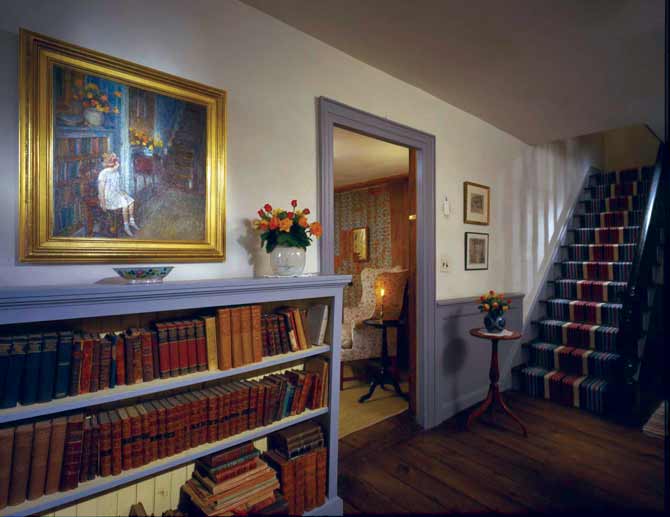Elmer Livingston MacRae
In the summer of 1896, Elmer MacRae arrived at the Holley Inn. He was a student from the Art Students League who was there for a class in outdoor painting, but he also found Constant Holley. They fell in love. From the beginning Constant encouraged Elmer to draw and paint flowers.







